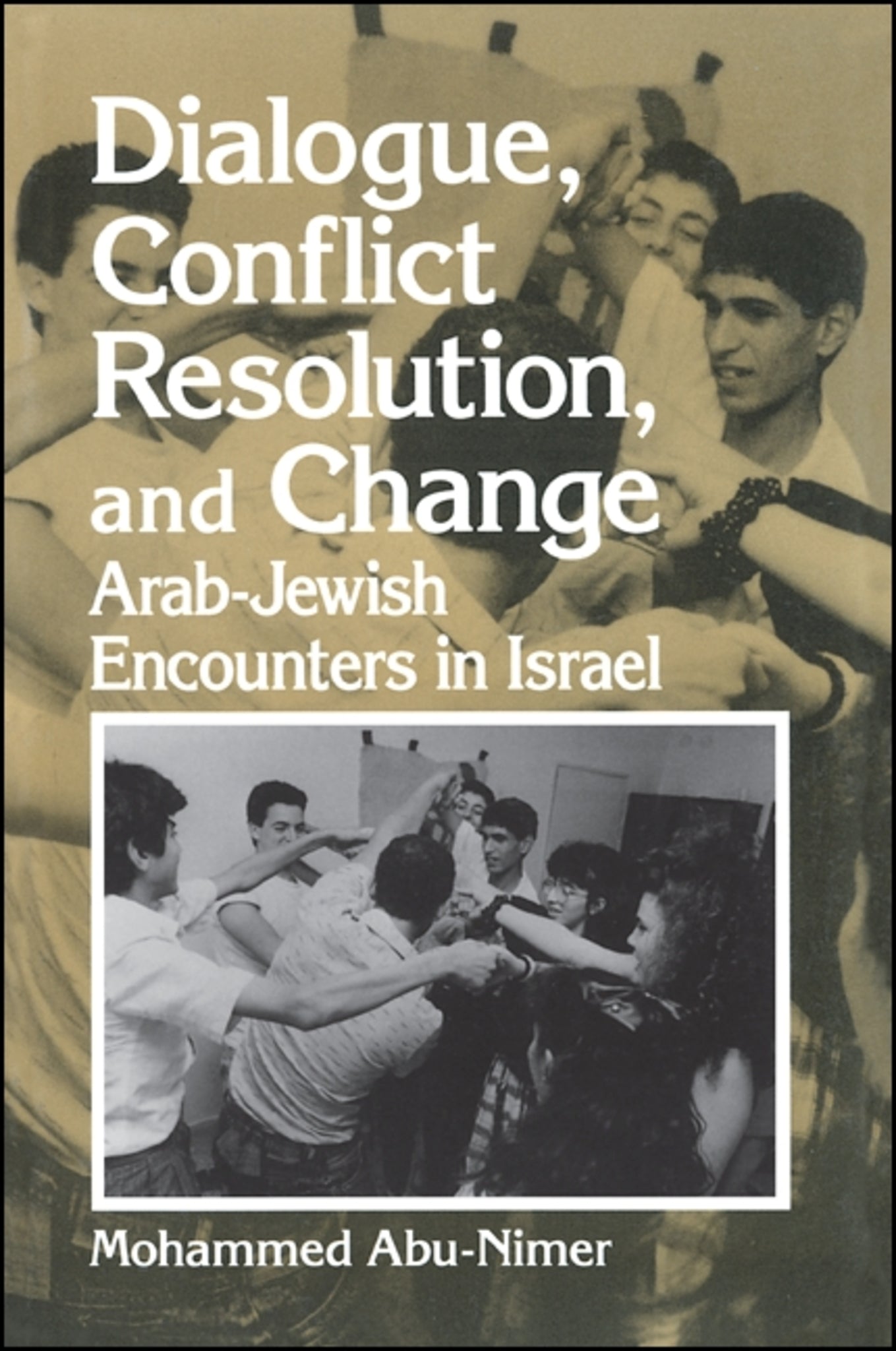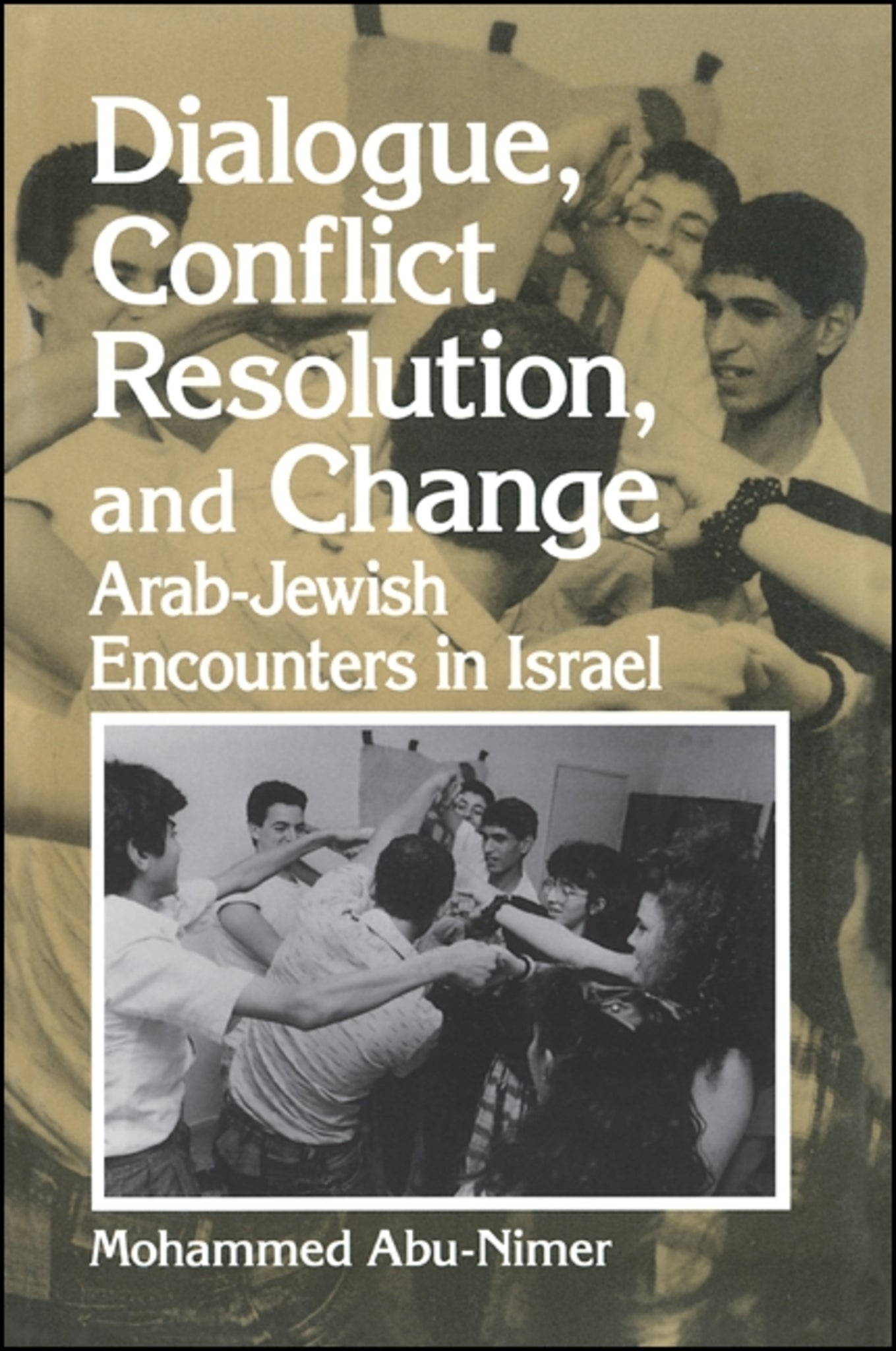We're sorry. An error has occurred
Please cancel or retry.
Dialogue, Conflict Resolution, and Change

Some error occured while loading the Quick View. Please close the Quick View and try reloading the page.
Couldn't load pickup availability
- Format:
-
13 May 1999

Explores Arab-Jewish encounters and relations in Israel from both conflict resolution and educational perspectives.
This is the first study to introduce the subject of Arab-Jewish relations and encounters in Israel from both conflict resolution and educational perspectives. Through a critical examination of Arab and Jewish encounter programs in Israel, the book reviews conflict resolution and intergroup theories and processes which are utilized in dealing with ethnic conflicts and offers a detailed presentation of intervention models applied by various encounter programs to promote dialogue, education for peace, and democracy between Arabs and Jews in Israel.
The author investigates how encounter designs and processes can become part of a control system used by the dominant governmental majority's institutes to maintain the status quo and reinforce political taboos. Also discussed are the different conflict perceptions held by Arabs and Jews, the relationship between those perceptions, and both sides' expectations of the encounters. Abu-Nimer explores the impact of the political context (Intifada, Gulf War, and peace process) on the intervention design and process of those encounter groups, and contains a list of recommendations and guidelines to consider when designing and conducting encounters between ethnic groups. He reveals and explains why the Arab and Jewish encounter participants and leaders have different criteria of their encounter's success and failure. The study is also applicable to dialogue and coexistence programs and conflict resolution initiatives in other ethnically divided societies, such as South Africa, Northern Ireland, Bosnia, and Sri Lanka, where the minority and majority have struggled to find peaceful ways to coexist.


"In his in-depth examination of intervention models in Israel, Abu-Nimer provides a fresh insight into the important role of dialogue in conflict resolution. This comprehensive study will not only serve as a useful guide for future Arab-Israeli dialogues, but also a framework for other citizen diplomacy programs in areas of conflict around the world." — John W. McDonald, Ambassador, and Chairman and co-founder of the Institute for Multi-Track Diplomacy
"Abu-Nimer critically examines an important aspect of the efforts to improve Jewish and Palestinian relations in Israel. Based on first hand experience and systematic analyses, he explores the pervasive limitations of programs bringing Palestinian and Jewish youth together for controlled educational encounters and dialogue. He locates the groups within a general socio-political context and he gives attention to the diversity of responses of students and staff regarding their experiences in these groups." — Louis Kriesberg, Syracuse University
List of Figures
List of Tables
Acknowledgments
Introduction
List of Abbreviations
Chapter 1.
Intergroup Relations Approach
Chapter 2.
Contact Hypothesis Theory
Intervention Models Based on the Contact Hypothesis and Intergroup Relations Theories
Contact Hypothesis Intervention: Shortcomings and Alternatives
Conflict Resolution Principles In Intergroup Conflicts: An Alternative Approach To Contact Hypothesis
Chapter 3.
The Emergence of Conflict Resolution
Conflict Resolution: Definitions and Theory
Basic Assumptions and Principles of Conflict Resolution
Conflict Resolution: Intervention Models and Processes
Select Models of Conflict Resolution
Critique of Conflict Resolution Models
Conflict Resolution Responses to Critiques
Arab-Jewish Conflict In Israel: Historical, Social, And Political Background
Chapter 4.
Context of Arab-Jewish Relations in Israel
Arab-Jewish Relations on the Micro Level: Images and Perceptions
Special Characteristics of the Arab Educational System in Israel
The Arab-Jewish Coexistence Programs
Chapter 5.
Development of the Coexistence Programs
Arab-Jewish Coexistence Programs
Arab-Jewish Coexistence Programs
Research on Arab-Jewish Encounters: Limitations and Needs
Methodological Considerations And The Arab-Jewish Programs
Chapter 6.
The Six Case Study Organizations: Basic Features
The Encounter Programs' Designs: Components Of The Intervention Models
Chapter 7.
Participants
Assumptions
Goals
Structure
Content
Process
Third-Party Role
Arab-Jewish Encounters: Is There a Generic Model
Perceptions Of The Arab-Jewish Conflict In Israel
Chapter 8.
Intervenors' Conflict Perceptions
Intervention Models and Perceptions of Arab-Jewish Conflict
Perception Of Success And Impacts Of The Encounter Models
Chapter 9.
What Is Success?
Measures and Criteria of Success
Actual Success
Examples of Success
Participants' Perceptions of Outputs and Impacts
Perception of Success: The Need for Systematic Measurement
Impacts Of The Political Context On The Encounter Models
Chapter 10.
Major Changes in the Encounter Programs Since the Mid-1980s
Impacts of the Peace Process
Impacts of the Intifada on Intervention Models
Impacts of the Gulf War on the Encounter Programs
Impacts of Soviet Jewish Immigration on Encounter Programs
Encounter Models and Context: Avoidance, Confusion, and Slow Adjustment
Arab-Jewish Encounter Programs: Political Change Or Control?
Appendixes
Limitations of the Arab-Jewish Encounter Field
Limitations in the AJP Designs
Do the Examined Intervention Models Contribute to Control or Change Processes
Arab-Jewish Encounter Programs and Educational Conflict Resolution Models
Conflict Resolution Approach in Arab-Jewish Encounter
Major Recommendations
Notes
1. Participants and the Intifada's Impacts
2. Participants and the Gulf War's Impacts
3. Examples of Success in Arab-Jewish Intervention
Bibliography
Index



